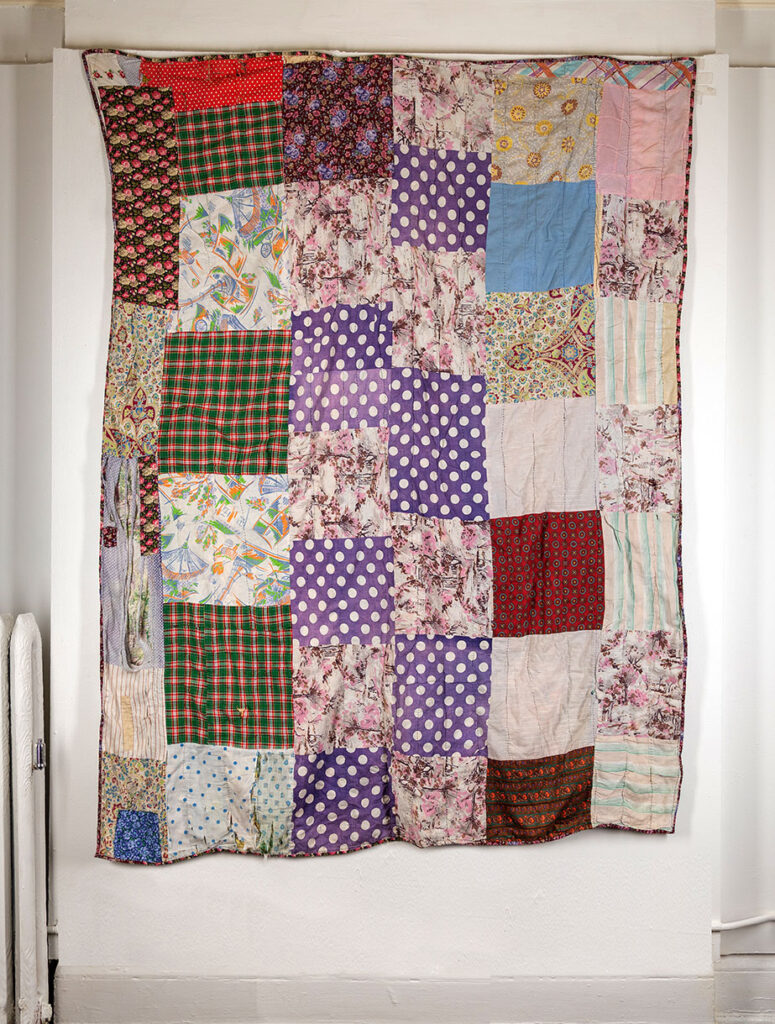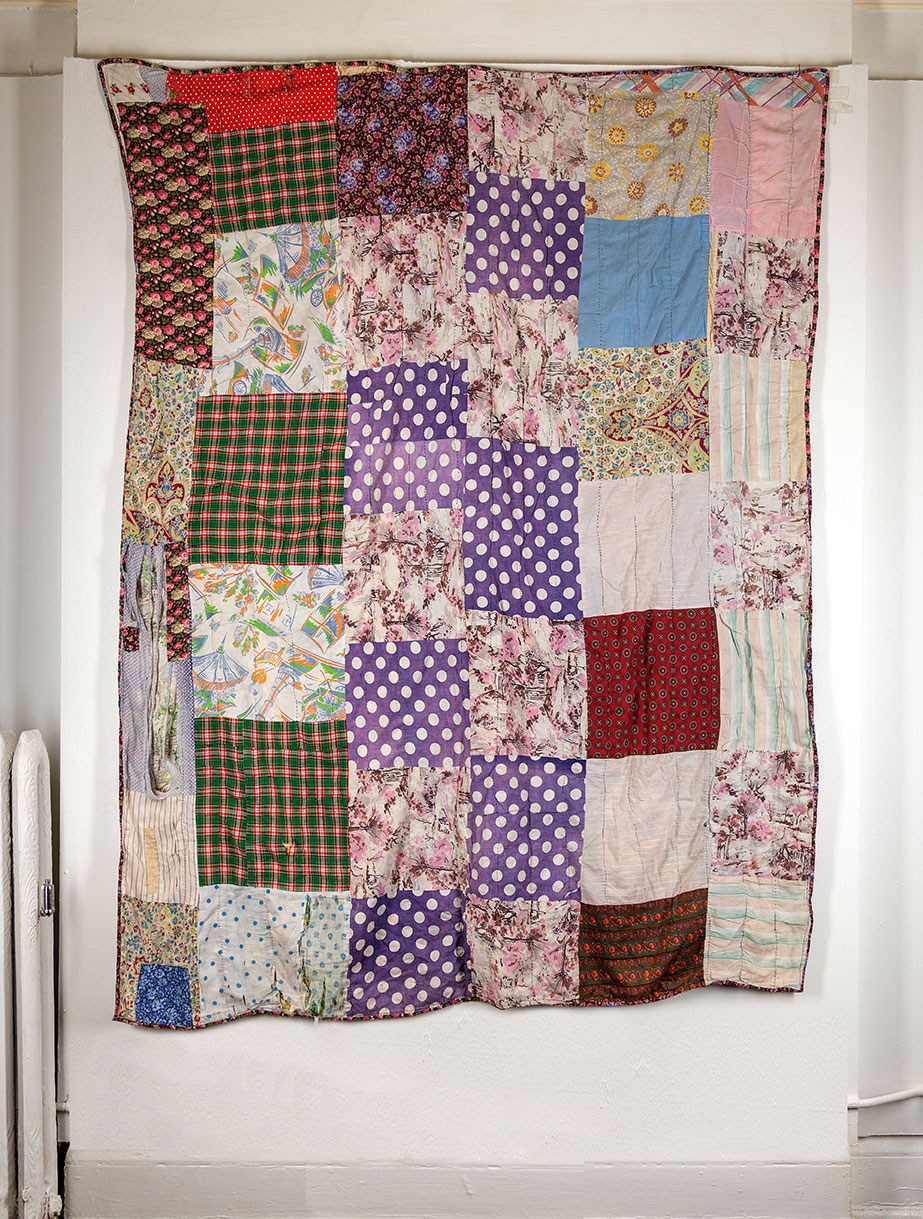ReSOURCE
Artists
Fannie Mae Robinson
October 7, 2024

Fannie Mae Robinson
Fannie Mae Robinson (1900-1988) was born in Texas and later relocated to Midwest. In 1941, she married John H. Robinson, who was a Pullman Porter. Fannie Mae Robinson devoted much of her time to her church community at Greater Mount Pleasant Missionary Baptist Church where she played the piano. Her quilts are a part of a long-standing practice of quilt-making among Black women in the South. Those who traveled north during the Great Migration continued this tradition of using scrap fabrics and other cotton materials to create quilts that were used by family members.


